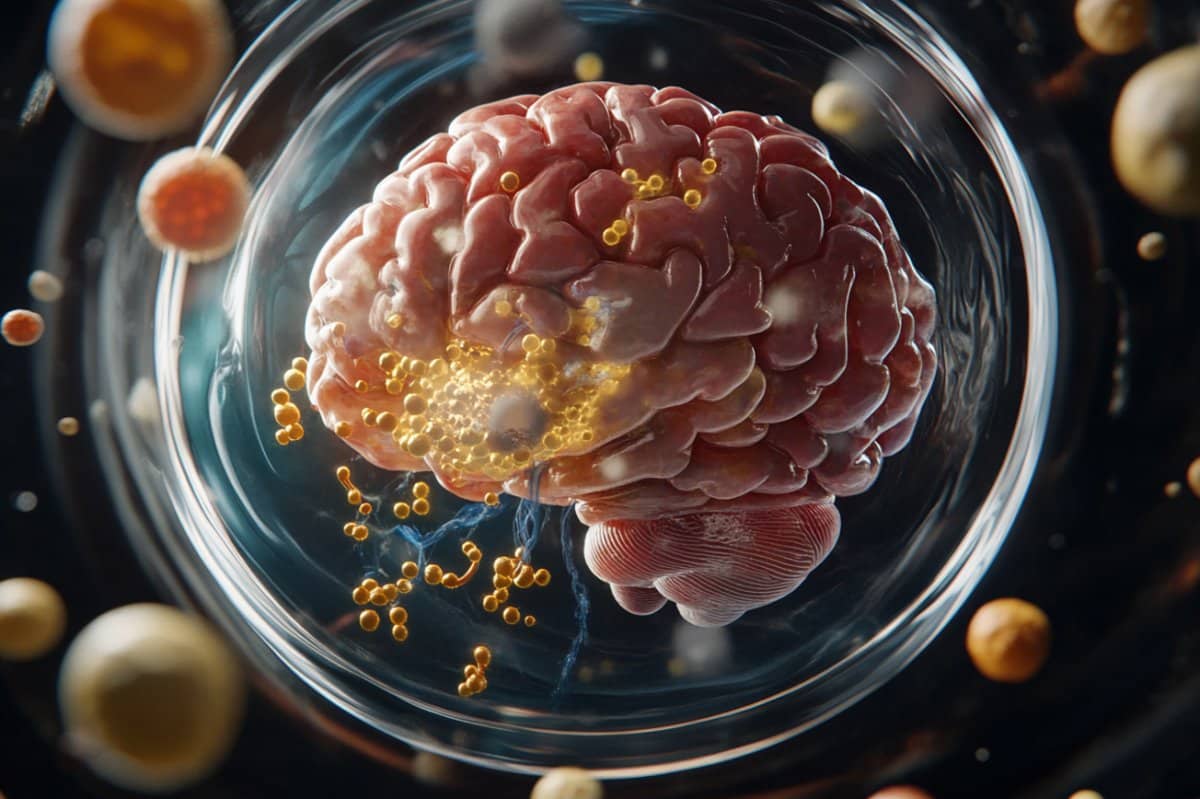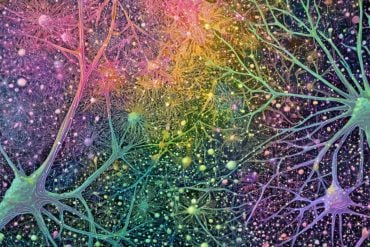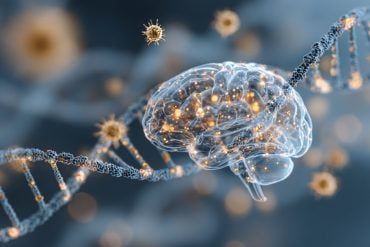Summary: Scientists have discovered a new protein pathway involved in neurodegeneration by studying “mini-brain” organoids made from patients with frontotemporal lobar degeneration (FTLD).
They found that the protein GRAMD1B plays a crucial role in managing cholesterol and lipid balance within neurons—processes closely linked to Alzheimer’s and FTLD.
Altered levels of GRAMD1B led to changes in cholesterol, lipid storage, and tau protein modification, all of which are hallmarks of neurodegenerative disease. The findings open new doors for potential therapies by targeting GRAMD1B to restore cellular balance and slow cognitive decline.
Key Facts:
- GRAMD1B’s Brain Role: GRAMD1B regulates cholesterol and lipid stores in neurons.
- Dementia Link: Changes in GRAMD1B disrupt tau balance, a marker of Alzheimer’s and FTLD.
- Mini-Brain Models: Researchers used patient-derived brain organoids to study neuronal changes.
Source: Ohio State University
Researchers at The Ohio State University Wexner Medical Center and College of Medicine have discovered a new way that neurons act in neurodegeneration by using human neural organoids – also known as “mini-brain” models – from patients with frontotemporal lobar degeneration (FTLD).
Understanding this new pathway could help researchers find better treatments for FTLD and Alzheimer’s, the two most common forms of dementia that lead to cognitive decline.

Researchers used advanced techniques to study neurons from patients and mice, including growing human neural organoids (“mini brains”) that can feature several cell-types found in the brain.
They found the protein GRAMD1B plays a significant role in how cholesterol and lipid stores are managed in neurons.
When GRAMD1B levels are altered, it changes the balance of cholesterol, lipid stores and amount of modified tau in the cells, all of which are linked to brain diseases.
The study is published online in the journal Nature Communications.
“Scientists know that GRAMD1B plays a role in other parts of the body like the adrenal gland and intestine but until now the protein has never been studied in the brain.
“The findings are exciting because by targeting GRAMD1B, we can potentially develop new therapies to help people with FTLD and Alzheimer’s,” said study corresponding author Hongjun “Harry” Fu, PhD, assistant professor of neuroscience at Ohio State.
About 50,000 to 60,000 Americans live with FTLD. Alzheimer’s disease is the most common cause of dementia.
An estimated 6.9 million Americans who are age 65 and older are living with Alzheimer’s dementia today, according to the Alzheimer’s Association’s 2024 Alzheimer’s disease facts and figures report.
Funding: The work was supported by the BrightFocus Foundation’s Alzheimer’s Disease Research, National Institute on Aging of the National Institutes of Health, The Ohio State University Chronic Brain Injury Discovery Theme pilot grant, and The Ohio State University Neurological Research Institute seed grant.
The authors disclose no conflicts of interest.
About this genetics and neurology research news
Author: Eileen Scahill
Source: Ohio State University
Contact: Eileen Scahill – Ohio State University
Image: The image is credited to Neuroscience News
Original Research: Open access.
“GRAMD1B is a regulator of lipid homeostasis, autophagic flux and phosphorylated tau” by Hongjun “Harry” Fu et al. Nature Communications
Abstract
GRAMD1B is a regulator of lipid homeostasis, autophagic flux and phosphorylated tau
Lipid dyshomeostasis and tau pathology are present in frontotemporal lobar degeneration (FTLD) and Alzheimer’s disease (AD). However, the relationship between lipid dyshomeostasis and tau pathology remains unclear.
We report that GRAM Domain Containing 1B (GRAMD1B), a nonvesicular cholesterol transporter, is increased in excitatory neurons of human neural organoids (HNOs) with the MAPT R406W mutation.
Human FTLD, AD cases, and PS19 tau mice also have increased GRAMD1B expression. We show that overexpression of GRAMD1B increases levels of free cholesterol, lipid droplets, and impairs autophagy flux.
Modulating GRAMD1B in iPSC-derived neurons also alters key autophagy-related components such as PI3K, phospho-AKT, and p62, as well as phosphorylated tau, and CDK5R1.
Blocking GRAMD1B function decreases free cholesterol and lipid droplets. Knocking down GRAMD1B additionally reduces phosphorylated tau, and CDK5R1 expression.
Our findings elucidate the role of GRAMD1B in the nervous system and highlight its relevance to FTLD and AD.







